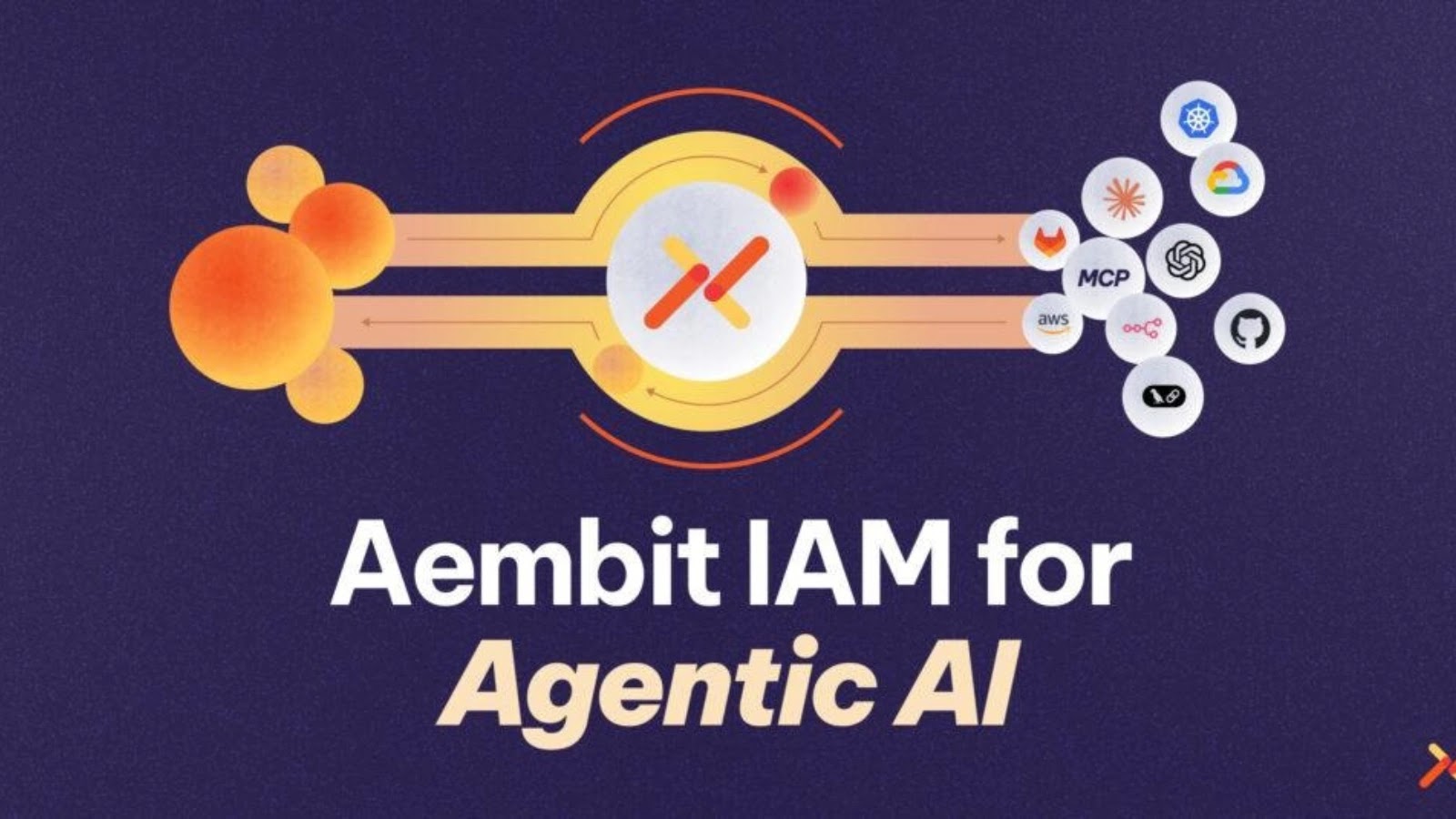
Aembit Introduces Identity and Access Management for Agentic AI
The Rise of Agentic AI: A New Frontier for Identity and Access Management
The operational landscape is rapidly shifting with the emergence of agentic AI. As these autonomous AI entities move beyond research and into production environments, a critical new challenge surfaces: how do we effectively manage their identities and control their access to sensitive systems and data? The parallels to human workforce management are striking, yet the inherent differences in AI agent behavior demand a specialized approach to security. Uncontrolled access for sophisticated AI agents could lead to significant data breaches, system compromises, or unintended autonomous actions with severe consequences. This pressing need for robust security frameworks for AI agents has become a paramount concern for cybersecurity professionals.
Aembit Introduces IAM for Agentic AI: Blended Identity at its Core
On October 30th, 2025, Aembit announced a significant development in this space with the launch of Aembit Identity and Access Management (IAM) for Agentic AI. This new suite of capabilities addresses the imperative to safely provision and enforce access policies for AI agents as they become integral to business operations. A central innovation introduced by Aembit is the concept of Blended Identity. This framework is designed to define precisely how AI agents operate within an organizational infrastructure, ensuring their actions are both authorized and auditable.
Understanding Blended Identity is key to comprehending Aembit’s approach. In traditional IAM, policies are crafted for human users or service accounts representing applications. Agentic AI, however, introduces a dynamic and often self-improving entity that can interact with various systems autonomously. Blended Identity aims to bridge this gap by attributing a defined identity to each AI agent, encompassing its purpose, permissible actions, and the resources it can legitimately access. This granular control is vital for maintaining security posture in an AI-driven environment.
Key Capabilities and Implications for Security
While the full scope of Aembit’s offering wasn’t detailed in the initial announcement, the focus on “safely provide and enforce access policies” suggests several critical capabilities. These likely include:
- Agent Identity Provisioning: Securely creating and managing unique identities for individual AI agents or agent groups.
- Policy Enforcement: Implementing fine-grained access controls that dictate what resources an AI agent can access and what actions it can perform. This could involve integration with existing role-based access control (RBAC) or attribute-based access control (ABAC) systems.
- Auditing and Monitoring: Tracking and logging all actions performed by AI agents to ensure accountability and facilitate forensic analysis in the event of a security incident.
- Lifecycle Management: Managing the entire lifecycle of an AI agent’s identity, from initial deployment to de-provisioning. This is crucial for environments where AI models are continuously updated or retired.
- Secure Credential Management: Protecting the credentials and API keys used by AI agents to authenticate with various services.
The introduction of such a comprehensive IAM solution for AI agents has profound implications. It moves beyond simply securing the underlying infrastructure hosting AI models and focuses directly on the autonomous entities themselves. This shift is necessary because an AI agent with legitimate access but compromised intentions can be as dangerous as a malicious insider. By defining and enforcing access policies at the agent level, organizations can mitigate risks associated with:
- Unauthorized Data Access: Preventing AI agents from accessing sensitive data they are not authorized to process.
- System Manipulation: Restricting AI agents from performing actions that could disrupt critical business operations.
- Compliance Violations: Ensuring AI agent activities adhere to regulatory requirements and internal security policies.
- Supply Chain Attacks: Limiting the blast radius if a third-party AI component is compromised.
Remediation Actions and Best Practices for Securing Agentic AI
Implementing an IAM solution like Aembit’s is a significant step, but a holistic approach to securing agentic AI involves several best practices:
- Adopt a Zero Trust Philosophy for AI Agents: Never implicitly trust an AI agent, regardless of its origin. Verify every access request and enforce the principle of least privilege.
- Segment AI Workloads: Isolate AI agents and their associated resources into distinct network segments to limit lateral movement in case of a breach.
- Regularly Audit AI Agent Activities: Implement robust logging and monitoring for all AI agent interactions with corporate resources. Investigate any anomalous behavior promptly.
- Secure the AI Development Pipeline: Apply security best practices throughout the AI development lifecycle, from data ingestion to model deployment. This includes securing training data, model registries, and deployment environments.
- Implement Robust Authentication for AI Agents: Utilize strong, rotational credentials, certificates, or other secure authentication mechanisms for AI agents interacting with APIs and services. Avoid embedding sensitive credentials directly within agent code.
- Define Clear Roles and Permissions: Establish clear roles and granular permissions for each AI agent, ensuring they only have access to what is strictly necessary to perform their assigned tasks.
- Stay Informed on AI Security Threats: The landscape of AI-specific vulnerabilities and attack vectors is constantly evolving. Keep abreast of new research and industry best practices. While specific CVEs for agentic AI are still emerging, general AI security concerns include data poisoning and model evasion attacks. Further information can be found on resources like the MITRE ATT&CK for AI project or the OWASP Top 10 for LLMs.
Conclusion: Paving the Way for Secure AI Integration
Aembit’s introduction of Identity and Access Management for Agentic AI marks a crucial turning point in enterprise cybersecurity. As organizations increasingly leverage sophisticated AI agents for automation and decision-making, the ability to control and secure their interactions with critical systems becomes non-negotiable. Blended Identity offers a promising foundation for this, enabling IT professionals and security analysts to define, enforce, and audit the digital identities of their AI workforce. This proactive approach is essential for mitigating emerging risks and fostering the safe and effective integration of agentic AI into the fabric of modern business operations.





